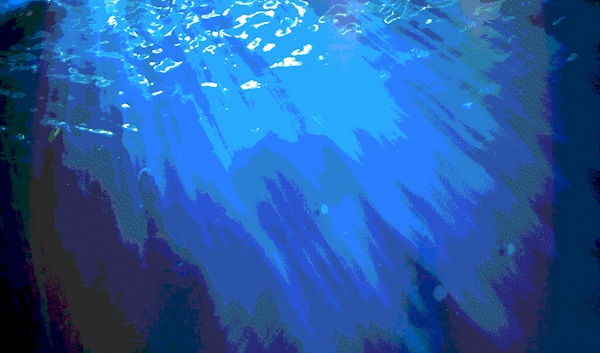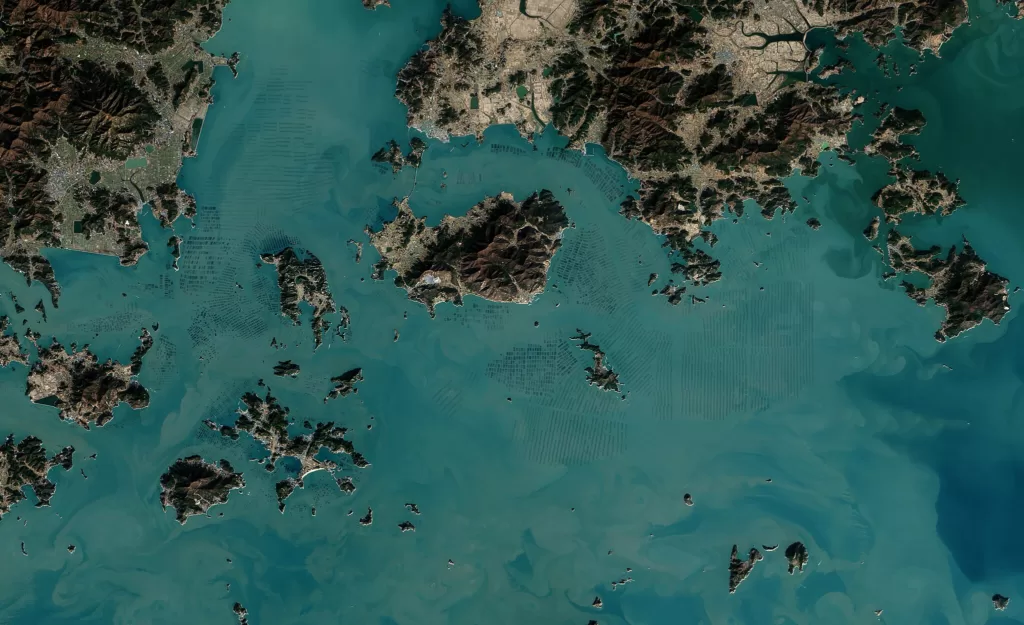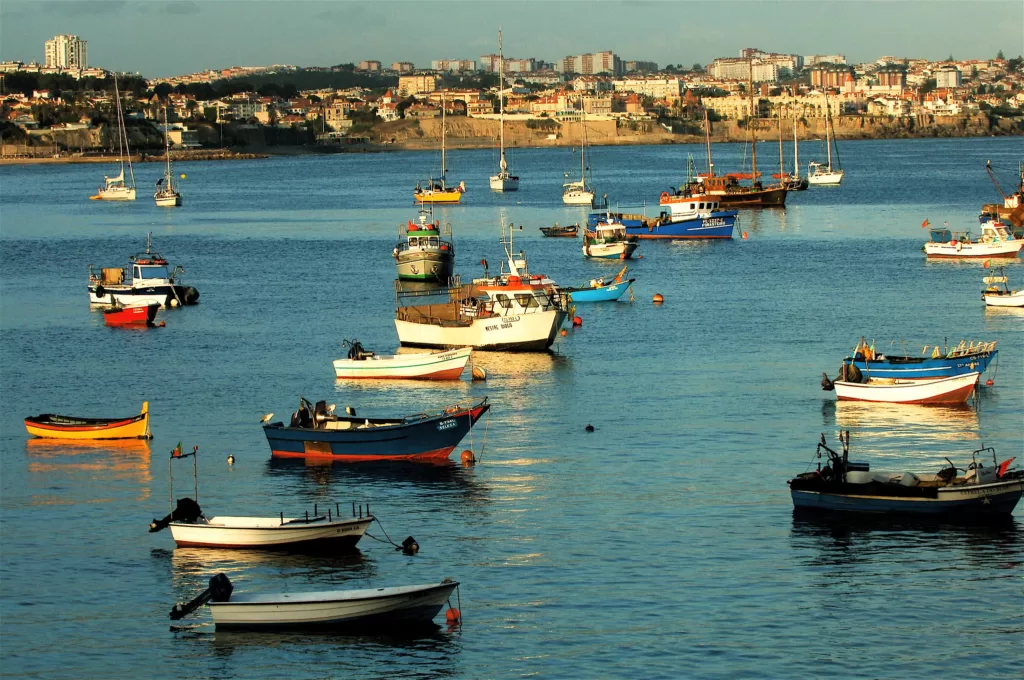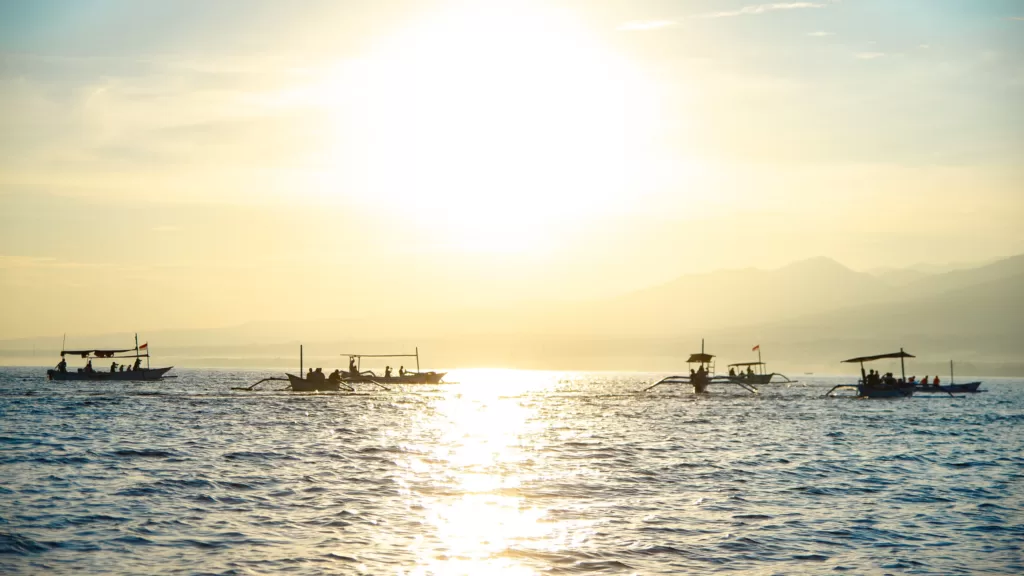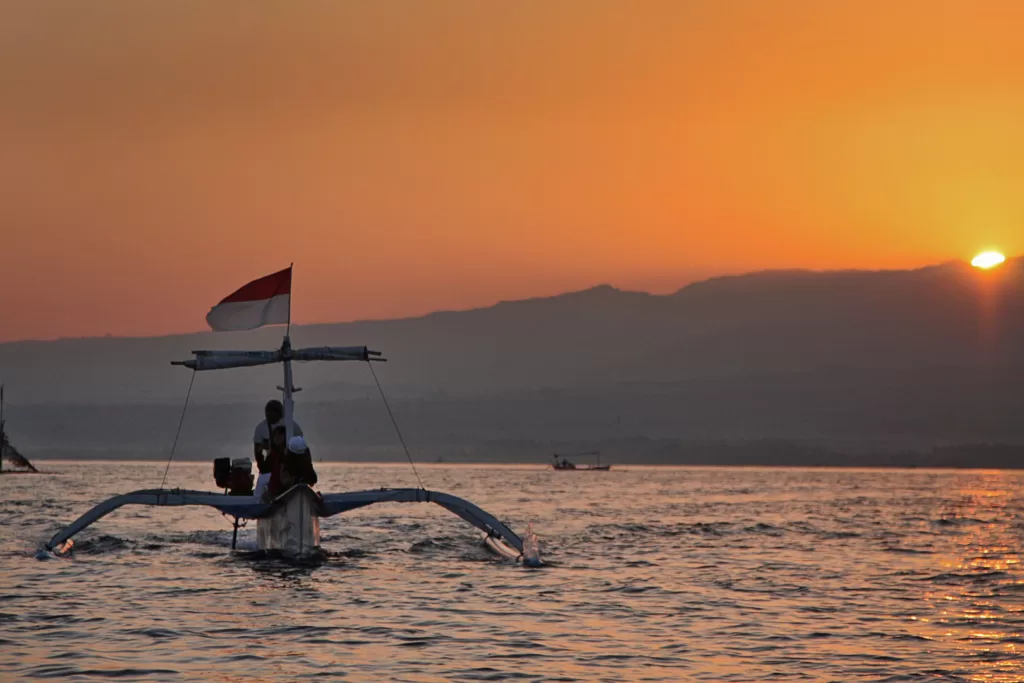Beyond any country's jurisdiction, relatively little is known about the high seas and the life it contains. As high sea activities ramp up that needs to change.
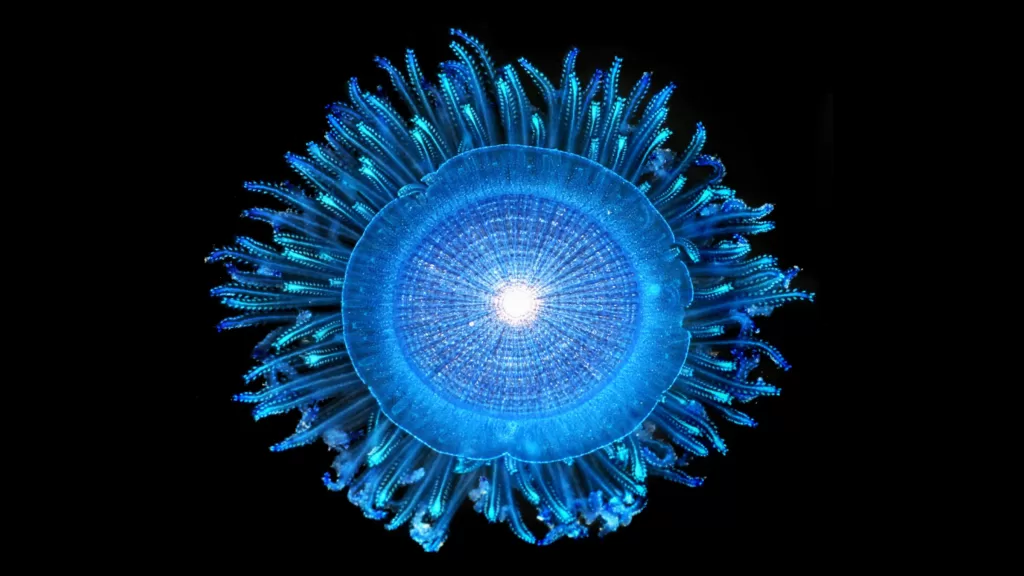 Blue button jellies, known by their scientific name Porpita, are one of the organisms found living in the Great Pacific Garbage Patch. : Denis Riek, The Global Ocean Surface Ecosystem Alliance (GO-SEA) Field Guide https://commons.wikimedia.org/wiki/File:Blue_button_Porpita_sp.png CC BY-SA 4.0
Blue button jellies, known by their scientific name Porpita, are one of the organisms found living in the Great Pacific Garbage Patch. : Denis Riek, The Global Ocean Surface Ecosystem Alliance (GO-SEA) Field Guide https://commons.wikimedia.org/wiki/File:Blue_button_Porpita_sp.png CC BY-SA 4.0
Beyond any country’s jurisdiction, relatively little is known about the high seas and the life it contains. As high sea activities ramp up that needs to change.
When the long-distance swimmer Benoît Lecomte swam across the Great Pacific Garbage Patch in 2019 to highlight plastic pollution on the high seas, he found the surface ocean ecosystem teeming with life among the human waste.
In particular, samples collected by his support team suggested a high concentration of floating life sometimes occurred in the same region as the floating plastic, likely having been brought there by the same physical forces.
Contrary to public belief, this region of the North Pacific is not just full of rubbish.
This is important, because organisations such as The Ocean Cleanup have been working in the region to clean up plastic.
Cleaning up plastic is generally viewed as a positive endeavour because of the negative impacts of debris on marine life. However, it may at the same time disrupt thriving ecosystems on the sea’s surface.
It is a prime example of a new high seas activity whose impacts on a little-studied ecosystem are unclear, taking place in an area beyond national jurisdictions, where the international legal framework governing these activities is ambiguous.
The high seas, being far away from land, are data poor.
We have some knowledge of the natural history of floating species such as the by-the-wind sailor (Velella velella), but we still know relatively little about these organisms’ distributions, life history and genetic diversity.
The few surveys undertaken do not even agree on where and when these organisms are most abundant, making it difficult to assess the impact of any new activity on the ecosystem.
Another recent example of a new activity in a data-poor ecosystem beyond national jurisdictions is deep sea mining in the Clarion-Clipperton Zone, in the central and eastern Pacific Ocean.
As the global demand for renewable energy technologies increases, industry is looking to extract useful minerals such as cobalt and manganese from deep sea polymetallic nodules to make batteries.
Yet 92 percent of over 5,000 species found recently in the zone are new to science, and evidence suggests mining disturbances can continue to affect seabed communities almost 30 years on.
This highlights the importance of balancing the urgent societal need for climate change mitigation and pollution reduction with the relatively poorly-known biology of the high seas.
In data-poor regions, modelling of possible outcomes can often shine light on the potential effects of new activities.
The population growth rate of floating organisms for example, is one of the key parameters determining the possible effects of clean-up efforts on them.
Larger species are expected to have slower population growth and therefore are more strongly affected by the clean-up devices.
With the current state of knowledge, the effects of plastic removal on floating organism populations could be anywhere from negligible to substantial.
But there are many reasons why society should care about the human impacts on floating organisms so far away.
A review of the scientific literature for this ecosystem’s contribution to people shows a number of direct and indirect connections between the high seas and society.
These floating organisms are critical habitats and refuges for young fishes, which spend part of their life cycle in the open ocean.
The Malabar trevally Caranx malabaricus was observed to take shelter under the blue button jelly Porpita, and was distressed when separated from its Porpita. When offered the choice of another Porpita individual the fish showed affinity for its existing Porpita partner.
Floating life forms are also important food sources for seabirds, sea turtles, and commercially important fish such as tuna, transferring energy from the open ocean to seas closer to shore and even on land via tuna fisheries.
A loss of these organisms could have knock-on effects on the functioning of other ecosystems, ultimately affecting wider society.
To reduce the conflict between cleaning up and the surface ocean ecosystem, the most important steps are reducing plastic production and stopping human debris from entering the ocean.
These steps could be achieved by behaviour change, better waste management, intercepting and removing debris from rivers and coasts and holding the fishing industry accountable for ghost nets.
It may also be possible to improve the design and control of cleanup systems: active steering of clean-up systems might help minimise the removal of ocean surface organisms relative to plastic.
At the heart of the issue remains the fact that the high seas are data poor, so more empirical data needs to be collected in these regions to understand the biology of the ecosystems, from the surface ocean to the deep sea.
A holistic approach in addressing new environmental problems is critical going ahead.
Multidisciplinary research in this area, with the development of enhanced observing systems to understand complex physical and biological interactions, will allow informed management decisions and recommendations to be made for new high seas activities.
Fiona Chong is a Japan Society for the Promotion of Science short-term fellow at the University of the Ryukyus, Japan; and a PhD student at the University of Hull, United Kingdom, currently working on coral population ecology and genetics.
Dr Matthew Spencer is a community ecologist and lecturer at the University of Liverpool, United Kingdom.
The authors’ research referred to in this article was supported by the University of Liverpool’s Institute for Risk and Uncertainty and NASA.
Originally published under Creative Commons by 360info™.


